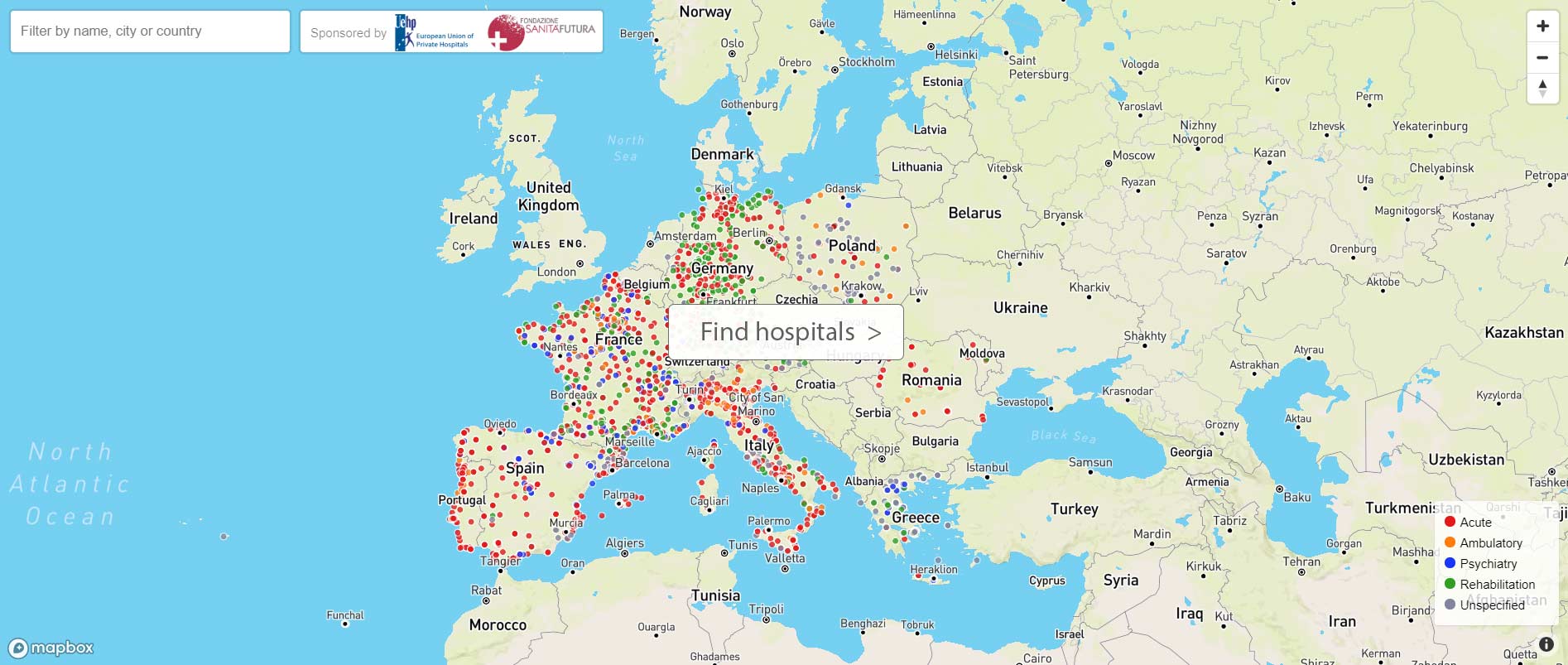December 2019 – The quality of care, the efficiency of organizational systems, the attractiveness of health institutions: these are all subjects that are at the heart of the challenges of the health system and the key issues of OZ’IRIS Santé. OZ’IRIS Santé proposes to approach the health pathways through the eyes of those primarily concerned: the patients themselves. This innovative approach is made possible by so-called design thinking and service design methods. The aim is to improve the quality of care.
OZ’IRIS Santé supports hospitals and clinics in understanding and analyzing patient pathways using methods from the humanities, social sciences and service design. Customer experience has long been talked about in other sectors, OZ’IRIS Santé applies this approach to the patient experience to improve the fluidity of health paths and promote the attractiveness of establishments. Concretely, it involves starting from a detailed analysis of the breaking points encountered by patients in their care or the dysfunctions identified by carers in their work, to model new processes that will improve the quality of health support.
OZ’IRIS Santé therefore uses the Design Thinking and Service Design method, specifically applied to health paths to develop innovative solutions.
Design Thinking: 3 phases
A first phase of immersion allows a qualitative analysis of needs. By collecting numerous testimonies from patients and carers and by observing the internal functioning of the institutions, OZ’IRIS Santé identifies the breaking points in the care processes.
The second step, called ideation, consists in modelling innovative solutions by promoting the consultation of multi-professional teams. “In co-construction with carers and patients, we imagine solutions based on these blocking points: new organizational models, personalized support solutions, digital health monitoring strategies, etc.”. To feed this phase of creativity, OZ’IRIS Santé carries out research activities based on career models, remuneration models already proven in other sectors, institutions, countries….
Finally, the prototyping phase consists of testing in real life these new solutions, which will be tested and optimized based on feedback from healthcare professionals and patients. A specification is then drawn up. This is followed by the implementation phase of the process, which requires particular attention to support for the change of health care institutions.
For example, OZ’IRIS Santé is currently working with a nephrology network and is supporting the emergence of new organizational systems focused on patient experience. The two expected outcomes are: the improvement of the quality of care for nephrology patients and the development of the attractiveness of the structure, in particular through the integration of new coordination professions.
OZ’IRIS Santé has also contributed to improving the path of patients in bariatric surgery, by supporting the creation of a digital tool that makes it possible to improve their pre- and post-operative follow-up. This type of project is in line with the increasingly widespread implementation of the fast rehabilitation after surgery.
“Putting oneself in the patient’s shoes for each care pathway” is essential to define an optimal organization, respectful of each person’s trajectories, within the framework, for example, of an establishment project. The patient is at the heart of the system and the carers organise their care in an orchestrated way. The main objective of this organization is to take into account its well-being.
Tomorrow patient pathways will be “made-to-measure”. Care pathways that have been studied ahead allow establishments to use their resources advisedly, to convey a positive image of their organization and to experiment with new and more relevant funding models. In France, for example, models of remuneration per patient journey are already being studied.


